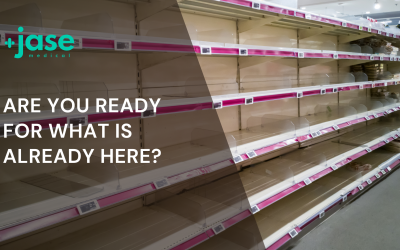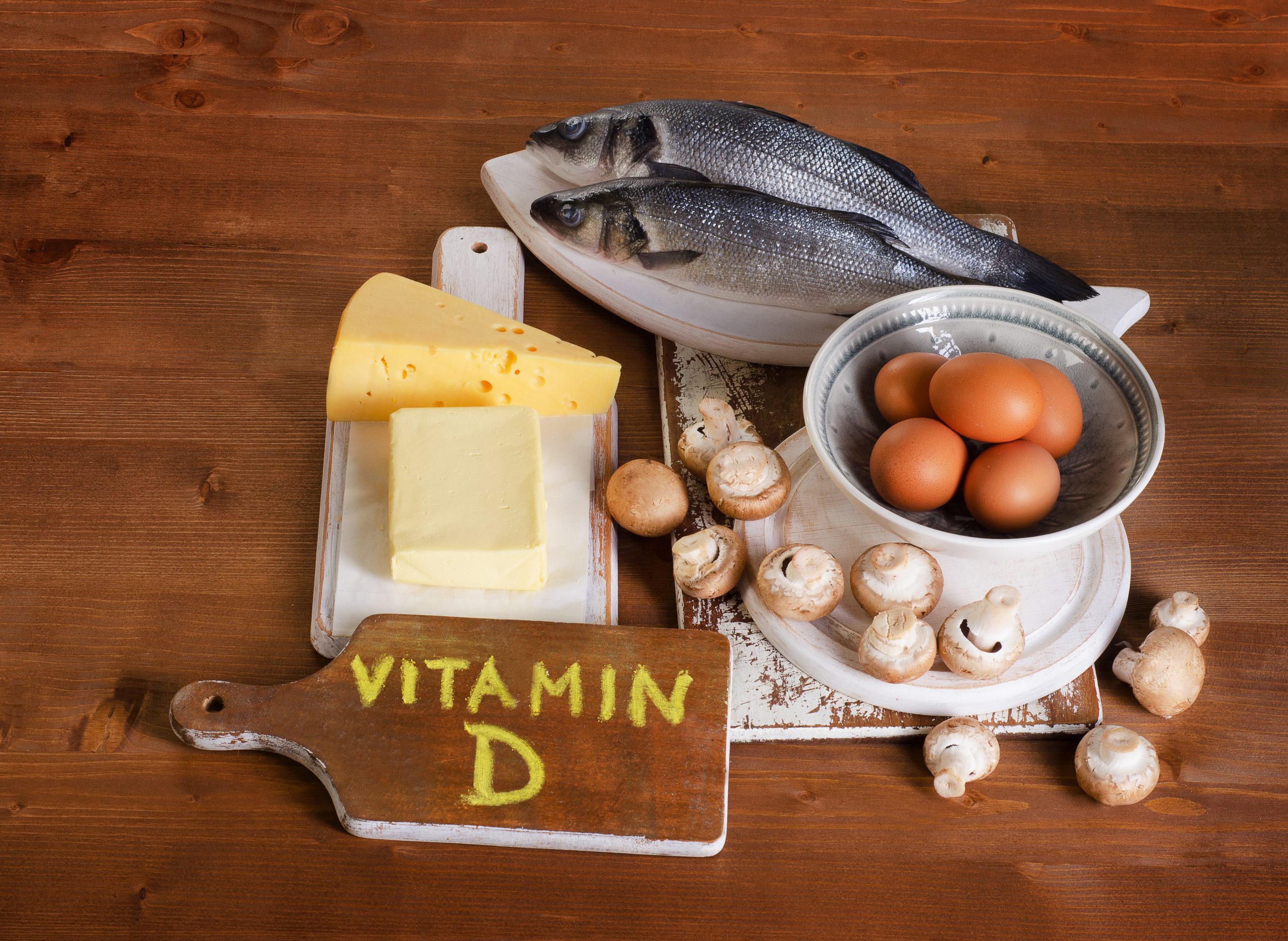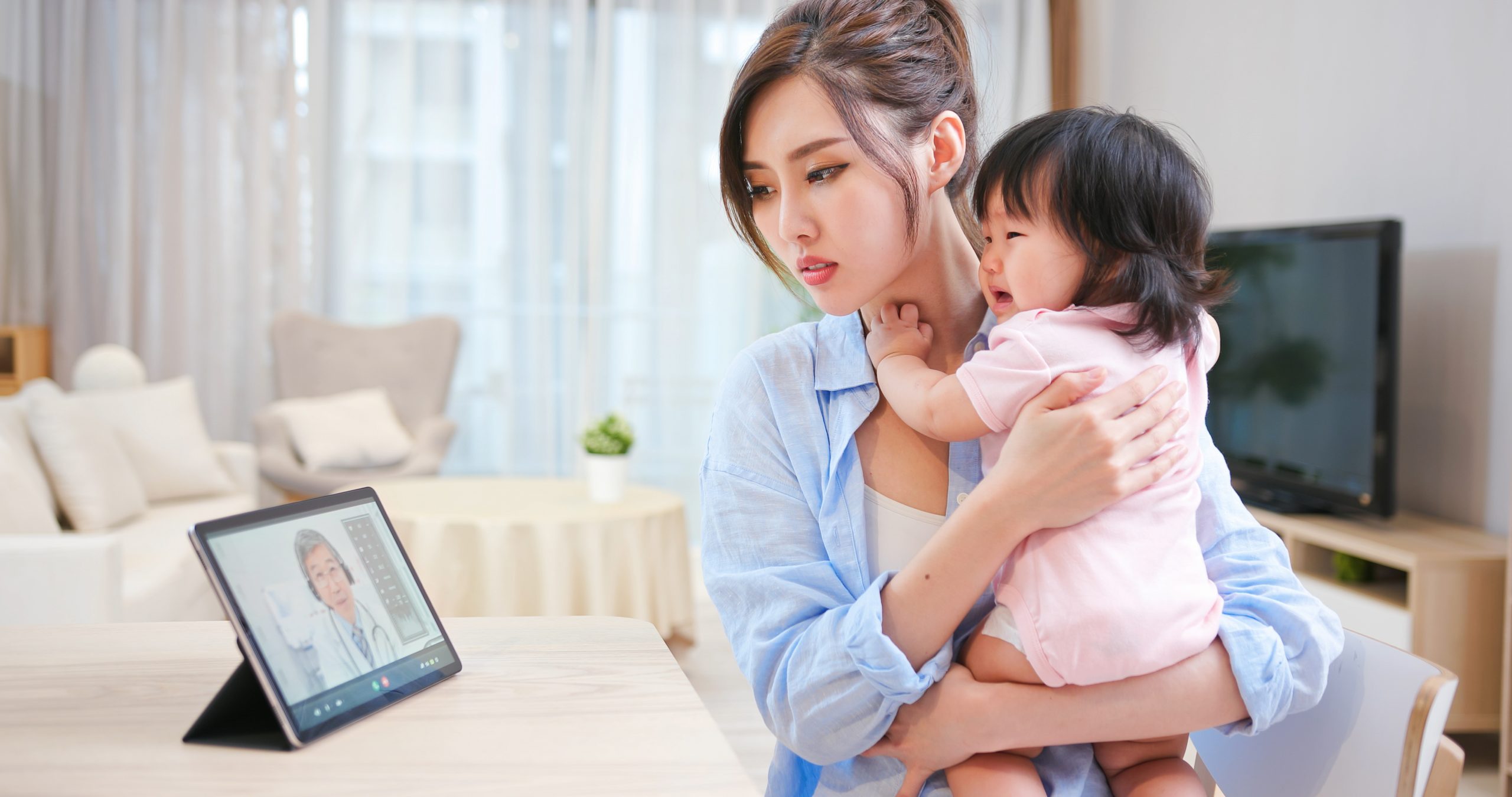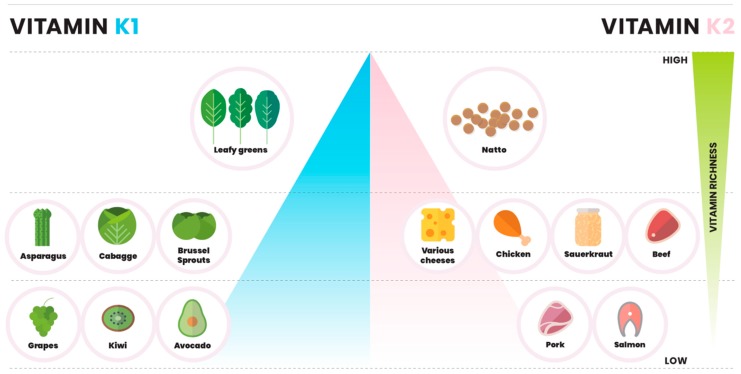As if the Russia Ukraine conflict wasn’t enough, all eyes and nations are focused on the escalating tensions between Israel and Palestine. Even before the October 7th Hamas attack on Israel, experts were warning of nuclear escalation, and recently Russia revoked a ban...
Vitamin E
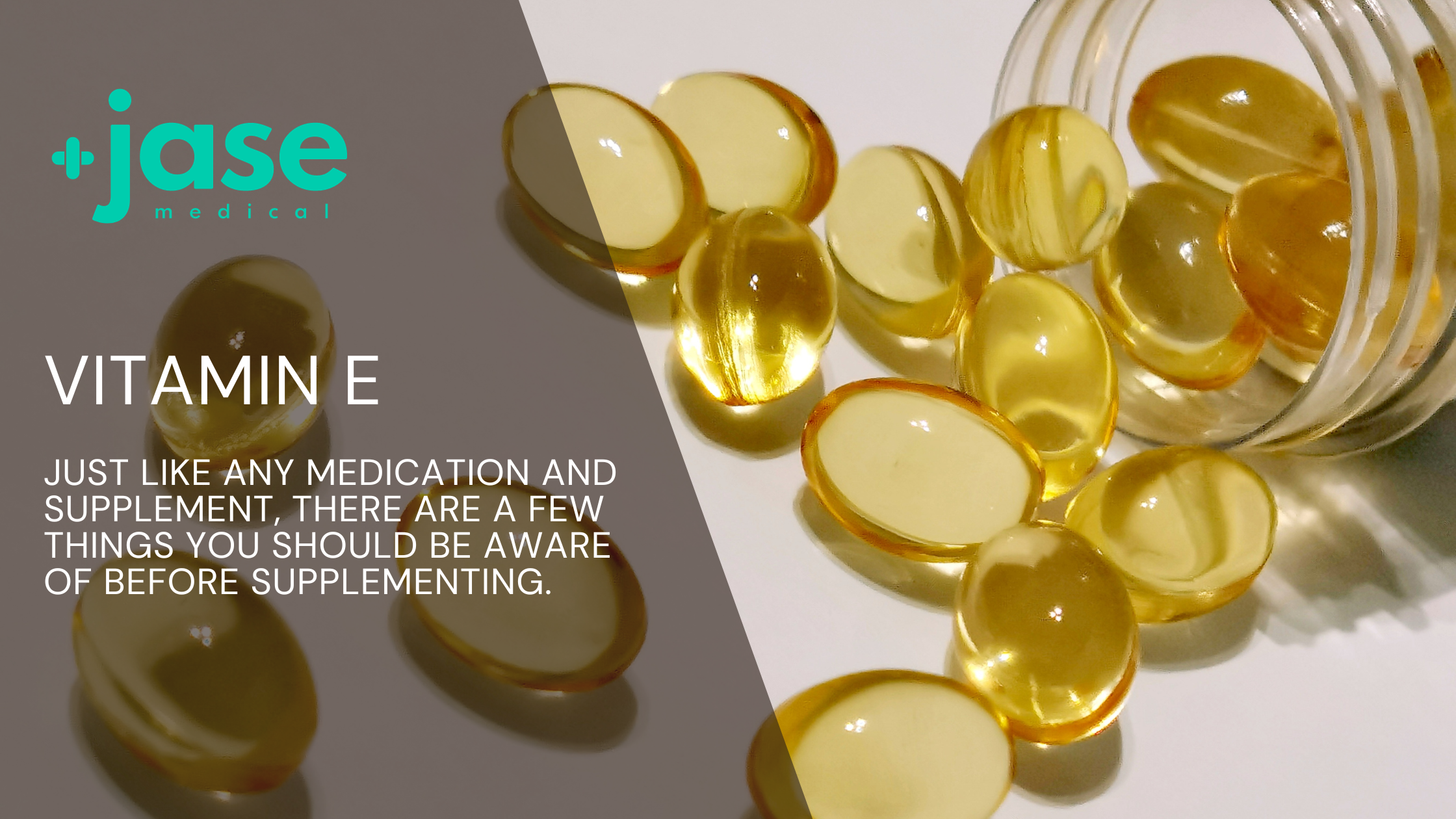
Vitamin E is a popular over the counter vitamin supplement that has many uses. But just like any medication and supplement, there are a few things you should be aware of before supplementing.
Vitamin E was discovered in 1922 by Bishop and Evans. However, it wasn’t until the 1940s when the use of vitamin E in the role of nutrition in premature infants was investigated. This led to examining intestinal absorption of vitamin E in premature infants to prevent intracranial hemorrhage, pulmonary oxygen toxicity, hemolysis and more. Since that time, the use of vitamin E in premature infants has helped save many lives.
There are eight different natural forms of vitamin E which can be subdivided into two separate groups: the tocopherols and the tocotrienols. Both are plant based and fat soluble and each of these have four separate analogues. Each analogue has a different potency and effect on health.
Tocopherols are the saturated form of vitamin E and contain the analogues alpha, beta, delta, and gamma. This form of vitamin E is the major source in the U.S. diet.
Food sources of tocopherols include oils derived from walnuts, hazelnuts, peanuts, sunflower oil.
Tocotrienols are the unsaturated form of vitamin E and contain same name but different types of analogues- alpha beta, delta and gamma.
Food sources of tocotrienols are palm and rice bran oil, wheat germ, barley, oats, grapefruit seed oil, and annatto oil.
Vitamin E
- Provides immune boost to fight off invading bacteria and viruse.s
- Protects cell damage from oxidative stress from cigarette smoke, air pollution, UV light, and foods that we eat.
- Prevents blood from clotting.
- Helps maintain cell elasticity and widens blood vessels when needed
- Emerging evidence points to the cancer preventing effects of the tocotrienol form of vitamin E.
- In addition, tocotrienol form of vitamin E has more effective anti-inflammatory and downregulation of chronic diseases than tocopherols.
- Stabilized form of vitamin E is used in dermatology for mitigating the effects of UV exposure and inhibiting skin cancer development, atopic dermatitis along with treating yellow nail syndrome.
- Mixed reviews on topical use to help heal scars and post-surgery incisions, and contact dermatitis has been reported with vitamin E used topically.
Synthetic vitamin E
Synthetic forms of vitamin E contain both tocopherol and tocotrienols and include the four analogs of each. However there is evidence to suggest that synthetic E isn’t absorbed by the body as efficiently as natural forms.
How to tell if your vitamin E supplement is synthetic or natural
Most vitamin E supplements are derived from natural sources. The natural (D-α-tocopherol) contains the prefix “D”, the synthetic form (DL-α-tocopherol acetate) contains the prefix “DL”.
Vitamin E deficiency
Vitamin E deficiency is rare; however some causes are:
- Some genetic disorders that can cause malabsorption of dietary fats
- Cystic fibrosis patients have trouble absorbing the fat-soluble vitamins- ADEK
- Malnutrition
- Short-bowel syndrome patients
- Surgical resection
- Mesenteric vascular thrombosis
- Crohn’s disease
- exocrine pancreatic insufficiency
- liver disease
- Cigarette smoking depletes vitamin E
- Impaired balance and coordination
- Muscle weakness
- Retinopathy
Consult with your care provider before supplementing with vitamin E
Vitamin E toxicity occurs by supplementation, not diet alone. Symptoms include excessive bleeding, nausea, vomiting and muscle weakness. If toxicity is suspected, discontinuation of vitamin E and administration of vitamin K may be initiated by your care provider.
Drug interactions and cautions when supplementing with Vitamin E
- Vitamin E inhibits platelet aggregation and can disrupt vitamin K1 clotting. Use with caution when on anticoagulation and antiplatelet medications as there is the potential risk of bleeding when taken together.
- Niacin: vitamin E supplementation can reduce effects of niacin
Medical conditions that may be contraindicated with vitamin E supplementation
- History heart attack or stroke
- Bleeding disorders
- Diabetes
- Vitamin K deficiency
- Retinitis pigmentosa
- Kidney disease
- Anemia
- Liver disease
- Brooke Lounsbury, RN
Medical Content Writer
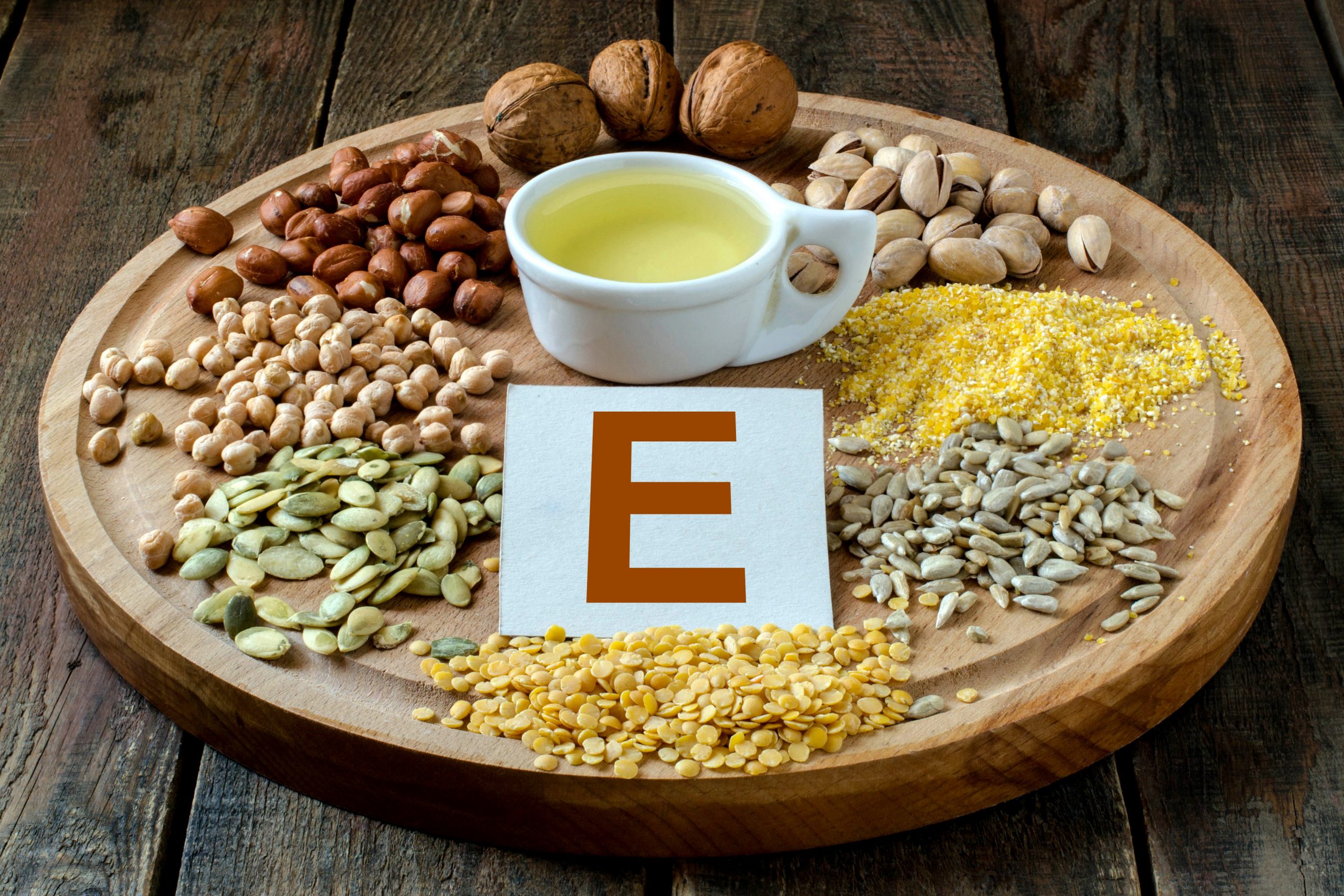
Lifesaving Medications
Recent Posts
Keeping you informed and safe.
Surviving a Nuclear Fallout: Vital Medications
Should You Send Your Child to School When They Say They Have a Stomachache?
This is a dilemma that plays out daily in thousands of households across America. You are getting your children ready for school, and your son or daughter says that they don't feel good. You ask, how don't you feel good, while feeling their forehead, which is warm but...
Are You Ready for What is Already Here?
(5 tips to build resilience) Every day that we turn on the news we are hit with something new that could not only destabilize countries across the seas, but can have serious implications for our lives in the states. World War 3 is trying to kick off (Some people...



